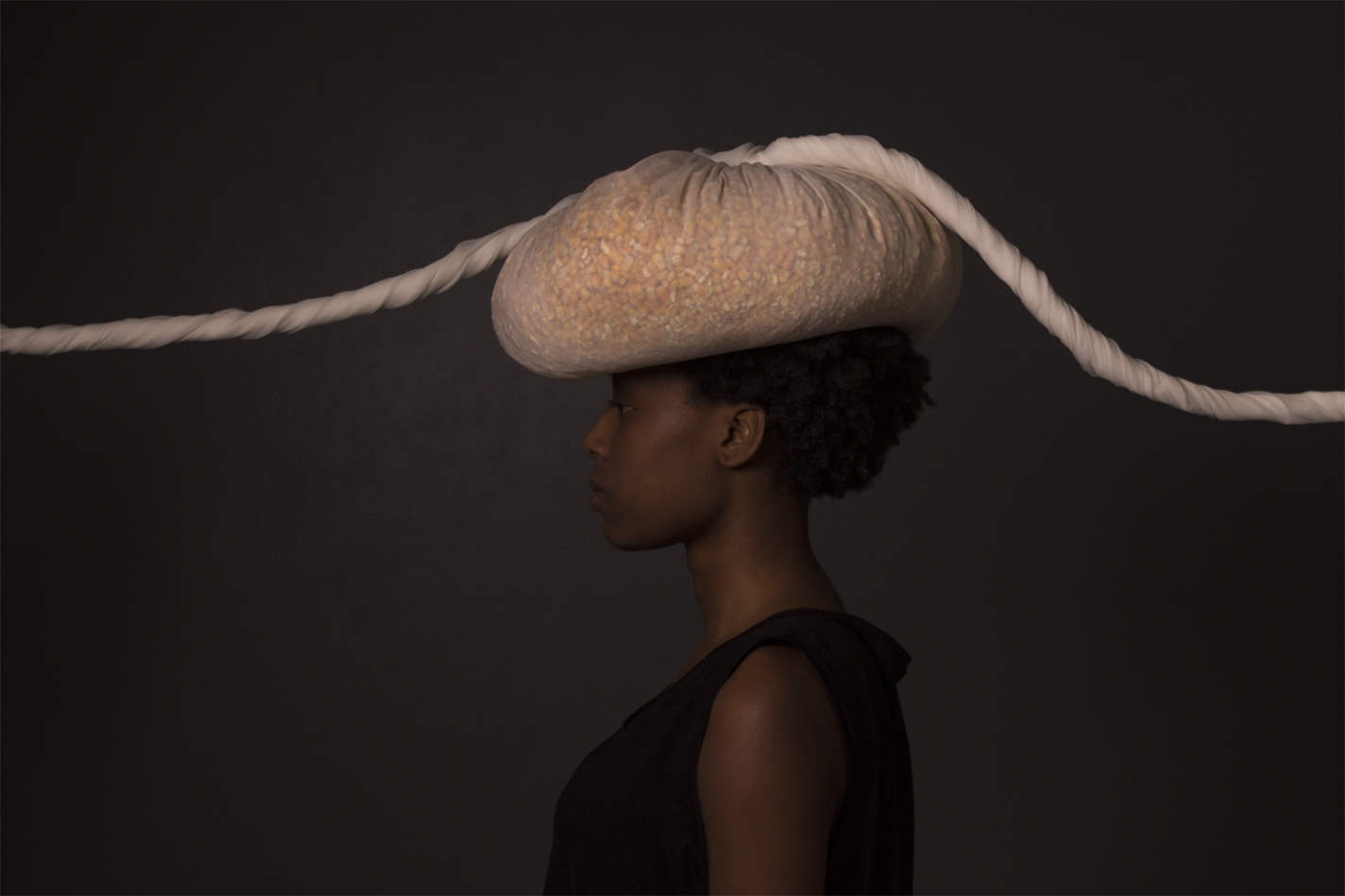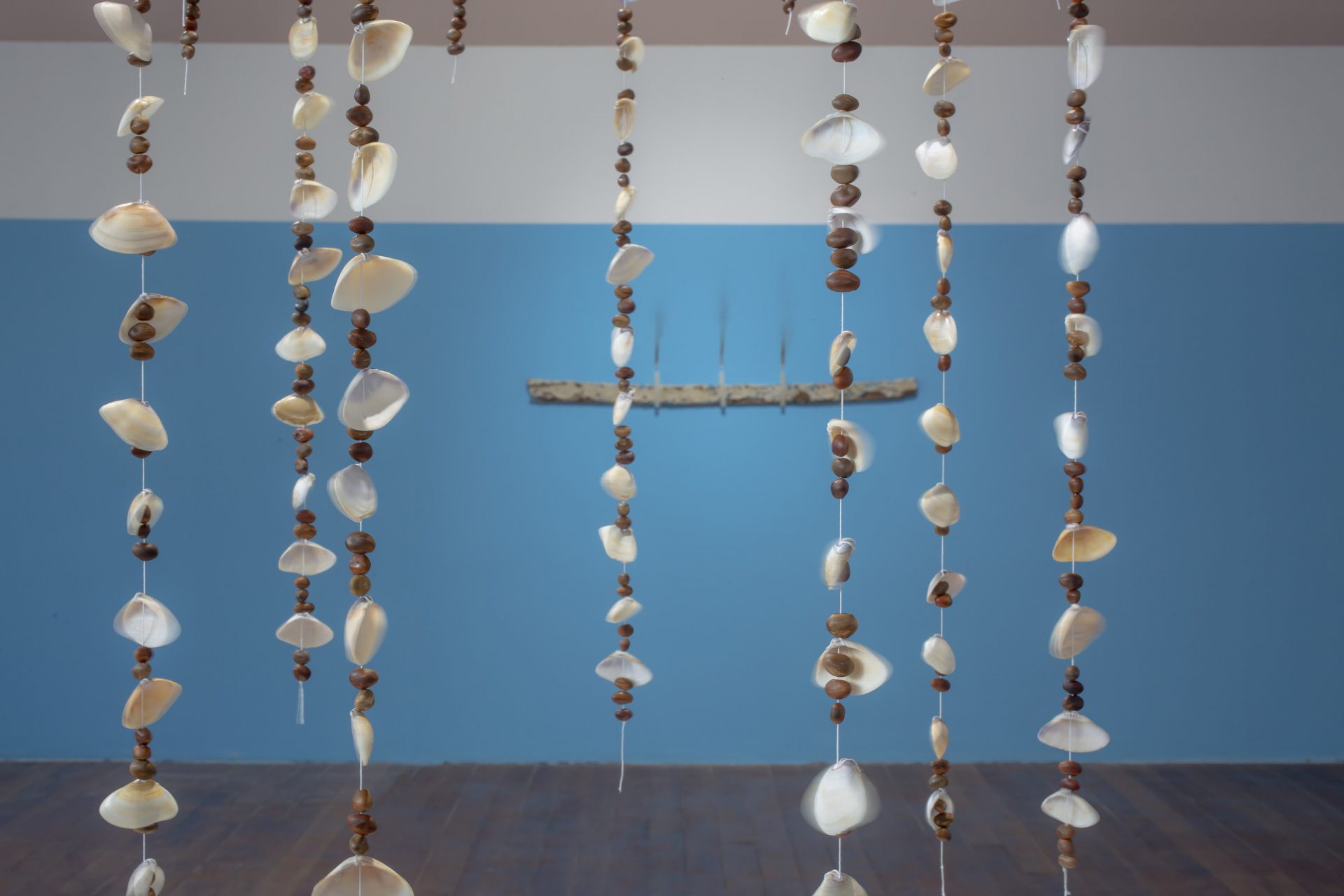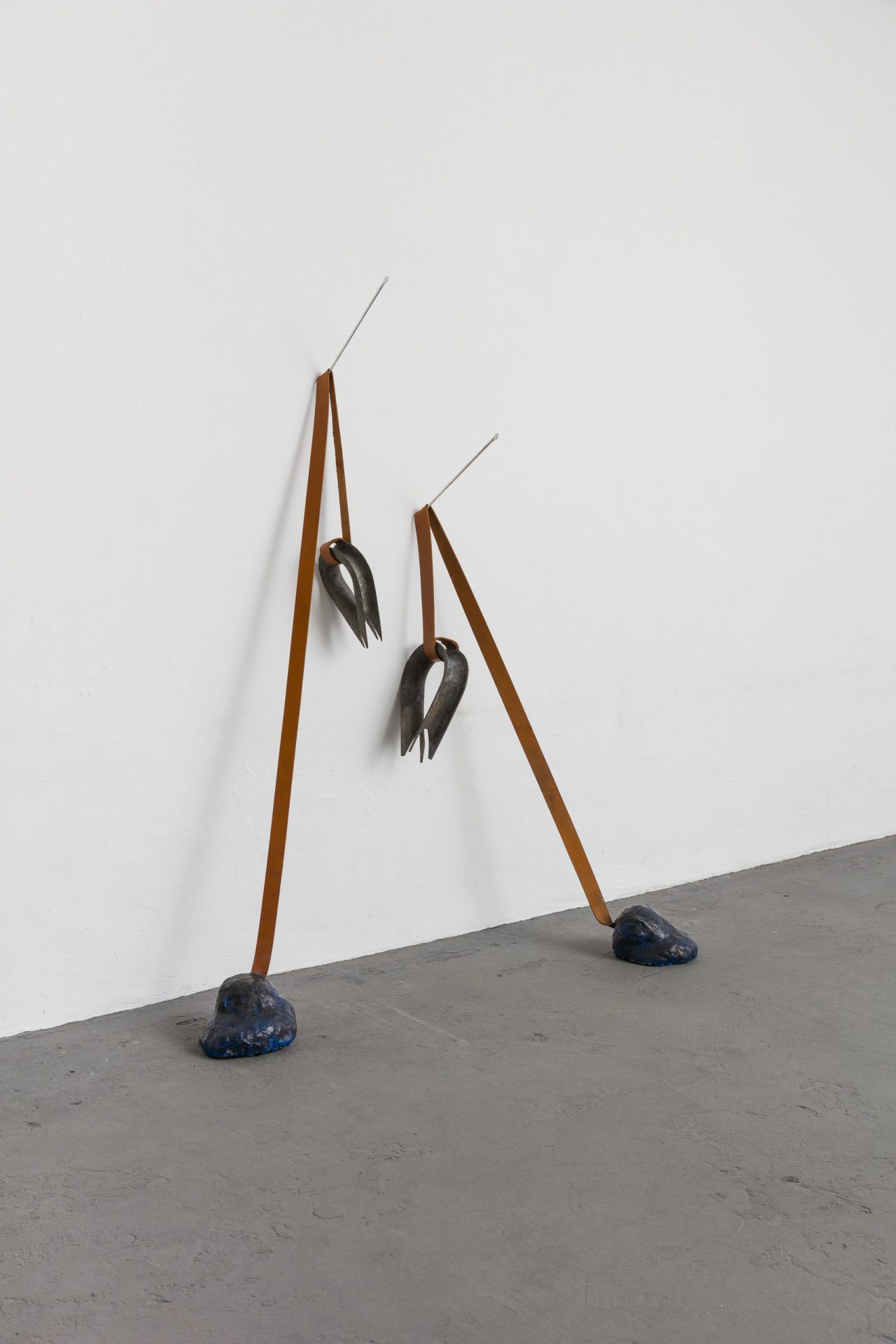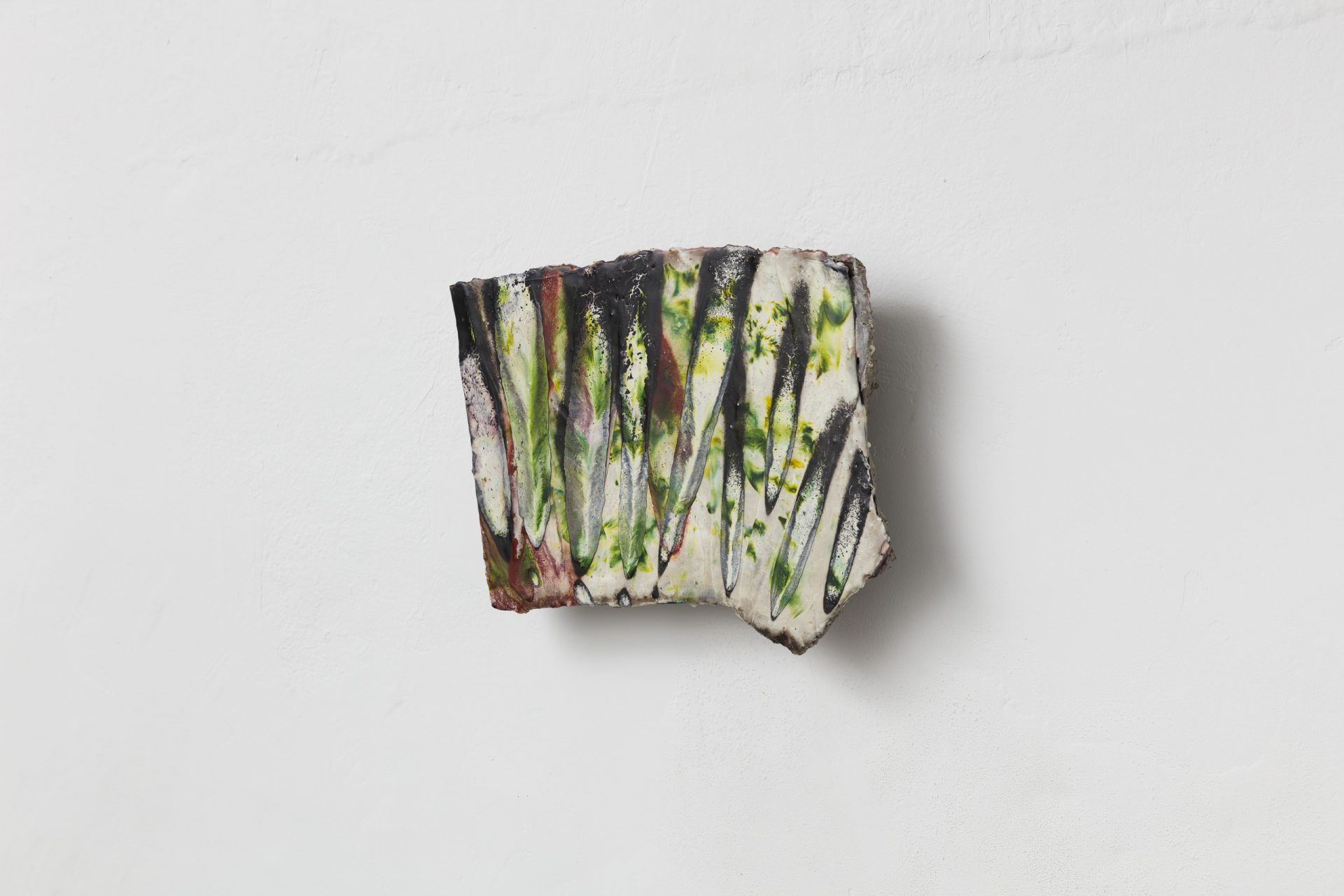“The street is the main space for expression, dialogue and confrontation of dissonant discourses. With no editing, mediation or curatorship, it is the street that provides the insurgency of voices that are absent from the hegemonic media and political representation. A new day dawns on the city telling new stories, other versions of the night before, different from the ones seen on TV. If nothing else, what the poetry that is read in the streets shows us is that there are more people than we imagine making an effort to understand and trying to express themselves. Urban art is collective by nature; it is as multiple, imperfect and untamable as the street itself. Each minimal intervention alters and renovates the composition of the urban landscape. There are questions that only the streets ask, and answers that can only be found in the streets.”
(Cauê Novaes, wall poet of Transverso)
The exhibition “Pivô é a Rua” combines the streets and art in a single space, toeing the ambiguous line between that which has “no editing, mediation or curatorship,” in the words of the wall poet of the group Coletivo Transverso, and the opposite, that which is edited, mediated and selected through a curatorship. Poetry lies on the border between these apparent opposites: the locale of the external entropy of the streets, on the one hand, and the order of a curatorship inside of an institution, on the other. The scenery proposed inside and outside of Pivô suggests works that alternate between being recognized as works of arts and events that do not pass as institutionalized performances, but rather as direct everyday actions inside the exhibition space.
National Heritage – Do not park here! and Extinção do território from the artist Lourival Cuquinha, are photographic images of the urban space that were subjected to anonymous interventions, amplified in layers of asphalt. A mixture of photo-sculpture: just as photography captures a piece of reality, here, the sculpture is a physical and symbolic snippet of the streets. Meanwhile, Coletivo MUDA, responsible for an intervention inside the Pivô space and another outdoor intervention at Largo do Arouche, creates panels that are like urban graffiti, but utilizing tiling in a quasi-sculpture that is, at the same time, a technique that harks back to a centuries-old tradition in Brazil that falls between the artistic and the utilitarian.
The immense graffiti piece by Matias Espacial Picón, which covers the ramped corridor inside Pivô, as if it were the underpass below Avenida Paulista in the 1980s: an affective memory of the city. And the recognition that the Copan Building is in itself a vertical city that should be occupied. Cauê, the wall poet of the group Coletivo Transverso, develops a variety of techniques for urban occupation through poetry, whether it be the traditional stencil, wheat-pastes and makeshift projectors, a true urban guerrilla tactic for interfering in the architecture with luminous poems.
In the larger space, the city of São Paulo is recut and recomposed on TV screens by Vapor 324, as evidence of an amplitude that goes way beyond what can be reached by our bodies in a megalopolis. In addition to the question of urban mobility, there’s the poetic question which strikes me: How do we deal with the urge to be in so many parts of the city at the same time?
The wheat-paste by Arto Lindsay is in fact an announcement, or rather an advertisement for the performance Parada Pedra, which the artist was supposed to realize at another exhibition – Panorama, curated by Lisette Lagnado – at the gallery Nova Barão. The work is not here at Pivô, but the meaning of the streets, the place where we receive advertisements and stimuli for the city’s activities, and which was unfortunately suppressed by the Clean City law, is activated. And lastly, the organic Occupation – an organic product fair organized by Casa Pinheiral – is a space dedicated to the quality consumption and trade that we all seek in the city streets.
What we see here is not yet another thesis on the institutional crisis, but instead the revelation of an individual’s astonishment with the daily scenery, when moving between the institution which canonizes art and the everyday things that our eyes, our ears, our senses of smell and touch are subjected to when walking the city streets. A combination exhibition and event, “Pivô é a Rua” features the transitory nature that is typical of the street and the essential permanence of the institution.
Ricardo Sardenberg

 Português
Português


